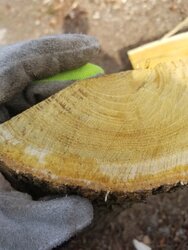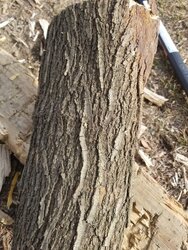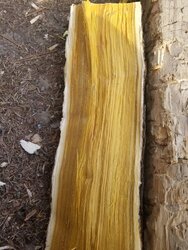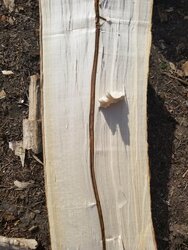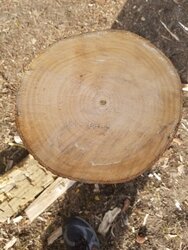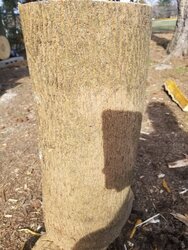Hello all! I am new to the forums and have been reading and learning non stop from all the vets and newbs alike.
I've been cutting my own for a small insert for a few years now but plan on buying a nice new woodstove when we move in August. With that in the back of my mind I've been more particular in my wood choices and length of cuts. I came across a decent amount of the following yesterday and was very pleased to find what I think is honey locust and some kind of oak...lol
I'm familiar with letting them season and know that I won't get a chance to burn these next season but maybe the season after.
I've been cutting my own for a small insert for a few years now but plan on buying a nice new woodstove when we move in August. With that in the back of my mind I've been more particular in my wood choices and length of cuts. I came across a decent amount of the following yesterday and was very pleased to find what I think is honey locust and some kind of oak...lol
I'm familiar with letting them season and know that I won't get a chance to burn these next season but maybe the season after.


